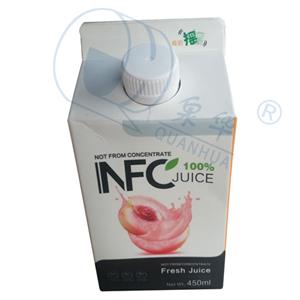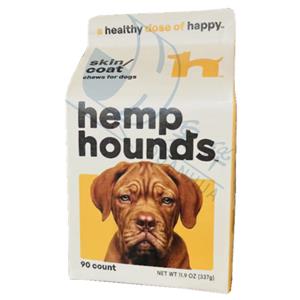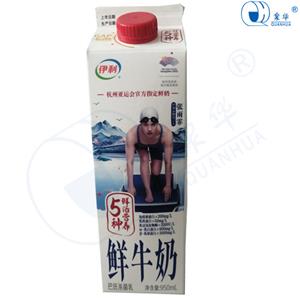Trend 1 : reduce the amount and reduce the thickness
While fulfilling the functions of protection, convenience and promotion, packaging materials are developing towards lightweight, which not only saves resources and reduces costs, but also reduces waste. The thickness of commonly used packaging materials for sanitary products is 50 ~ 70 μm, and it is recommended to reduce it to 40 ~ 45 μm. However, after the packaging material becomes thinner, some problems will also occur, such as the low stiffness of the thin material and the poor display of the product shelf ; the thin material is easy to stretch, and the difficulty of printing will also increase. 'Both thin and good ', which puts forward higher requirements for material suppliers. At present, the common practice of suppliers is to improve the stiffness of materials.
Trend 2 : simplification of materials
With the improvement of people 's awareness of environmental protection, ' green environmental protection ' has become a hot spot of social concern. Packaging material simplification, more conducive to recycling.
Trend 3 : Recyclable and recyclable
Easy to recycle, easy to handle, easy to reuse, easy to regenerate or easy to degrade is an important feature of green packaging materials. Because of this feature, green packaging materials can be recycled, saving resources and protecting the environment. At present, more enterprises are considering recyclable materials, such as MDOPE, BOPE can replace BOPP and PET, BOPA, etc.
Trend 4 : Improve performance and make it easier to use
The pace of product innovation in the consumer goods industry has accelerated, and packaging innovation has been paid more and more attention by brand owners. The functional improvement of packaging materials is more urgent, which can better meet the requirements of consumers and make them more convenient and faster to use. Such as : the current use of repeated paste bags, easy to tear bags, zipper bags, threading bags, etc.
Trend 5 : Improve processing efficiencyNowadays, the concept of industrial chain integration has penetrated into the packaging development and implementation of many enterprises. The selection of packaging materials should be combined with the whole packaging design, and the processing efficiency of the production line should be ensured. Is the material easy to process and form, and can it meet or even enhance the back-end production efficiency ? This will be an important direction for the future development of packaging materials.
Trend 6 : Give packaging more decorative effects
Beauty and differentiation are important functions pursued by packaging. Packaging design combined with the rational use of packaging materials can reflect a richer and more beautiful decorative effect, so that the brand can stand out in similar products. The change of shopping mode makes consumers adjust the way they choose products. From the original physical store shelves to the emergence of different online shopping platforms, the requirements for the visual effects of packaging design undoubtedly put forward higher expectations and challenges. For the brand and designers, this is also an excellent opportunity to circle out, using novel, colorful and excellent product packaging design, quickly attract the attention of consumers, guide them to add products to the shopping cart, so as to improve the brand 's shelf effect. For example :
The artistic quality of the packaging bag can be expressed through a variety of different processing techniques such as sharpening, bronzing, embossing, and 3D relief, so as to convey the brand value of the company.
● Using PE film positioning bronzing process. The pattern is clear, beautiful, colorful, wear-resistant and sun-resistant. The design of bronzing on PE film can play the role of finishing and highlighting the design theme, especially for trademarks and registration names, and the effect is more significant.
PE film laser printing process, holographic laser printing on transparent or milky white film by UV curing technology, can achieve full-format or local, multi-pattern laser effect, one-time completion.
PE film 4D printing technology process.
Trend 7 : Application and promotion of bio-based degradation membrane
In recent years, consumers are increasingly aware of the harm caused by disposable plastics and the significance of innovation for sustainable packaging. According to McKinsey research, 40 % of the world 's plastic waste enters landfills, 25 % is incinerated, and only about 16 % is processed into recycled plastics. In response to this situation, governments around the world have successively introduced strict regulations aimed at reducing packaging waste. Packaging is the first stop to communicate with consumers. Brands can eliminate people 's concerns about global climate change, excessive use of materials and other issues through packaging. As a result, the number of bio-based materials and suppliers has exploded, and bioplastics are now being used and promoted in global commercial markets.
Biodegradable plastics refer to plastics that can be decomposed or metabolized by microorganisms in the natural environment ( such as soil, etc. ) and / or under specific conditions ( such as biological compost, etc. ) to produce substances such as CO2 and water. The same processing equipment as ordinary PE film is used, such as general film blowing machine, casting machine, printing machine and bag making machine.




